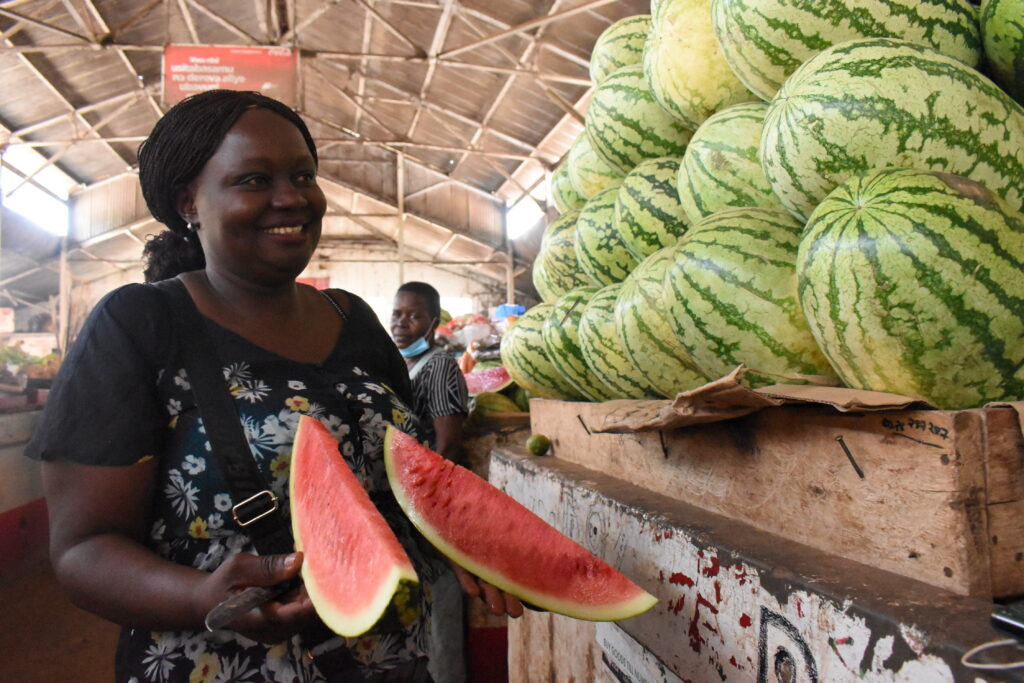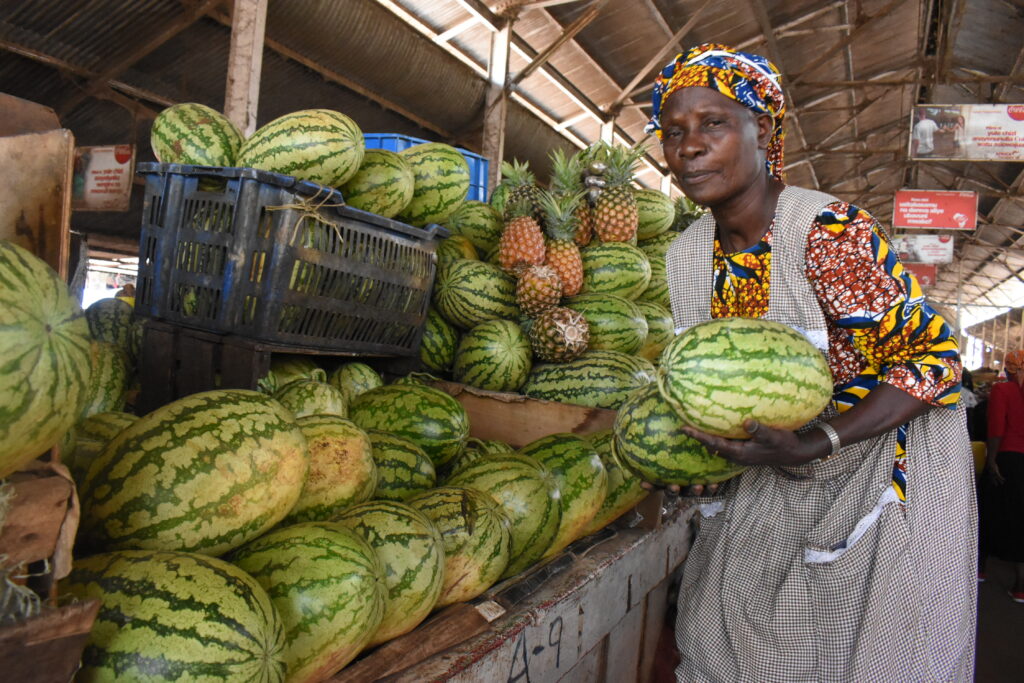In 1979, a young Jack Nyambega found his way into Kisumu’s then only posh market; Jubilee Market.
This was the only market with a roof on it. It was here that currency trade begun, a transition from the African barter trade.
It was here that Africans first interacted with exotic vegetables and fruits like water melon, grapes, apples, spinach, among others.
Having been built by colonialists in the early 1930s, its architectural design stood out.
Many buyers in the market were Asians and Europeans, and fresh foodstuffs, especially vegetables and fruits were the main merchandise.
Before Jubilee Market
According to Nyambega, before this market came to be, Africans were confined to the outskirt of the town unless they had special reasons, and could only engage in barter trade at Otonglo Open Air market in the now Kisumu West.
“During this period, Africans were only allowed to the town centre with permits, so when the market came up within the town centre, the Africans got a small reprieve as they were allowed to bring their wares,” said Nyambega who begun by selling spices.
He adds: “The colonial police would cane, arrest and fine anyone who was found in town without any valid reason. I think this market broke the barrier.”
Nyambega who now runs an eatery at the market notes that the market provided an opportunity for Africans to access town, and closely interact with the Asians and whites as buyers and sellers, as opposed to masters and servants.
History records that the construction of the market occurred between 1930 and 1935, with its doors officially opening in 1936 presided over by Sir Joseph Barren who was then the Governor of Kenya.
And nine decades later, the market structure still stands strong, albeit congestion and disorganization following the bulge in the number of traders.

Tourist attraction
It is a huge landmark along Kisumu-Nairobi Highway, despite being sandwiched by unplanned iron sheet structures which have come up around it as the number of traders grow.
When it begun, Nyambega said there were less than 100 traders. Today, they are more than 2, 000.
But for people like Nyambega, the facility holds a rich history which makes it fit a heritage centre, and have its history preserved.
“Look at the design of the structure and the material used to construct it. These iron sheets are 20 gauge, and these metals are so strong and intact all this period. The entire wall is made of concrete, and there is no renovation which has been done on it since it was constructed,” said Nyambega, the outgoing chair of the market.
He notes that a number of players in the construction industry have been visiting the facility to study the structure and design, with many admitting that it was a perfect art and structural work.
“The name Jubilee name about since the market was built 50 years after the colonialists came into the country, and the name reminds us of what we went through during the colonial period,” said Nyambega.

Restructuring Jubilee Market
In 2012, Kisumu benefited from Sh4.5 billion grant from the Kenyan government to improve its infrastructure through Kisumu Urban Project (KUP).
The funds were obtained through a loan advanced to Kenya by French government’s French Development Agency (AFD).
Jubilee market was to be one of the three markets which were to benefit from the funding which would see it rebuilt. Other markets which benefitted from the funding were Kibuye and Otonglo.
However, with the restructure plan yet to take off, traders at the Jubilee market feels that the history haboured by the market could diffuse off if this development is effected.
Instead, they want the facility classified as a heritage site, and its story documented for the current and future generation.
Rose Odongo, 70, came to the market in 1982. Her mother in law who was among the pioneer traders at the market was moving out due to old age, and handed her the space.
“This was a market where every trader yearned to get a space, and when I joined my mother-in-law in her business, I was happy, but happier when she handed me this stall,” says Odongo.
She is also well informed of the history of the market.
“Before this market came to be, there was no meeting point between Africans, and the colonialists as well as the Asians,” she said.
Jubilee today
But today, the number of Asians and Europeans visiting the market has gone down, with Odongo attributing this to supermarkets and special shops which have ventured into vegetables and fruits.
“I think this facility should be preserved and the history recorded because generations after generations are passing, and if not preserved, the market will one day lose its value or event be brought down to pave way for developments,” she said.
Celestine Nombi got into the market in 2011 after a friend handed her the space. The friend was relocating from Kisumu.
“Most of the spaces here are passed to next generations through inheritance, and those who get spaces here do not leave, unless they are forced by circumstances,” she says.
